
Peru is the country with the greatest genetic diversity on the planet and has 60% of the existing cocoa biodiversity. Thanks to this, Peruvian chocolate is sought after all over the world and is awarded in many contests. Peru is the second largest producer and exporter of specialty cocoa in the world, after Ecuador; as well as the second producer of organic cocoa. In recent times, the consumption of gourmet and origin chocolate has grown, which is why it is increasingly common for the type of grain, terroir and farm from which they come to be specified on their packaging.
Three varieties of cocoa are produced in Peru: 15% Trinitario, 85% Amazonian Forastero and 5% Criollo. Peruvian cocoa bean production has been increasing steadily for ten years and grows at an annual rate of 12.6%. Chuncho cocoa from Cusco comes from the valleys of the Convention, considered one of the finest in the world.
It is cultivated in the lower part of the western slope of the Andes, and in the Peruvian jungle, between 300 and 900 meters above sea level. The main departments where it is cultivated are Cusco, San Martín, Amazonas, Piura, Ayacucho and Junín, which represent 80% of the total national production. Our cocoa has undoubtedly become one of the highest quality Peruvian products in the world, just like coffee, creating added value in top quality chocolate factories.
On the other hand, Peru has been qualified by the International Cocoa Organization (ICCO) as a country where fine and aroma cocoa is produced and exported, achieving 36% of world production of this type. Peruvian cocoa has also received international awards in recent years and has been listed as one of the best in the world, which is why some of the most exclusive chocolate factories in Switzerland, Belgium and France make their products with our cocoa.
The Peruvian state has promoted some of the actions in favor of Peruvian cocoa. In 2012, Peruvian cocoa was declared a Natural Heritage of the Nation, recognizing it as one of the most important crops in Peru. In addition, MINAGRI declared “Cocoa and Chocolate Day” on October 1 of each year.
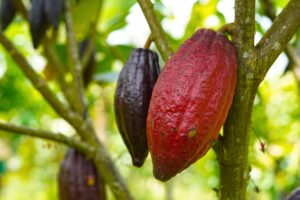
There are records that indicate that chocolate was already consumed almost 4,000 years ago in America, although it was only drunk and was a bitter drink. The grains that fell from the trees, fermented, were collected, roasted, and from them a drink was extracted at the that many centuries later began to be mixed with honey and vanilla.
The word cocoa derives from the term “cacahuatl” from the Mayan and Aztec languages, for the former it was a symbol of physical vigor and longevity, also using it for therapeutic purposes. Due to its effects, Mayan doctors prescribed the consumption of cocoa as a stimulant or tonic for warriors. But the origin of cocoa is not precise, it is said that it came from Mexico to South America and other theories say that it spread from South America to Mexico, but what is clear is that they consumed the fruit and not the seeds from which the chocolate is made. . In some cultures they consumed fermented cocoa drinks, being portrayed in some ceramics.
Cocoa entered Europe through Spain in the 16th century at the hands of Hernán Cortés, and it began to be drunk there sweetened with sugar cane and cinnamon. Here, too, it was a luxury reserved for few. The Spanish managed to keep it a secret for a century, until King Philip III’s daughter married Louis XIII in 1615 and the cocoa found its way to the French court, from where it spread throughout Europe. One of the most famous fans was Marie Antoinette, who used to always serve it at Versailles.
In 1828, Coenraad Johannes van Houten, a Dutch chemist invented a press that extracted cocoa butter from the beans, revolutionizing the industry. This is how the first chocolate bars were born. In 1870, in Switzerland, Daniel Peter invented milk chocolate and kickstarted the Swiss chocolate industry, one of the most famous in the world.
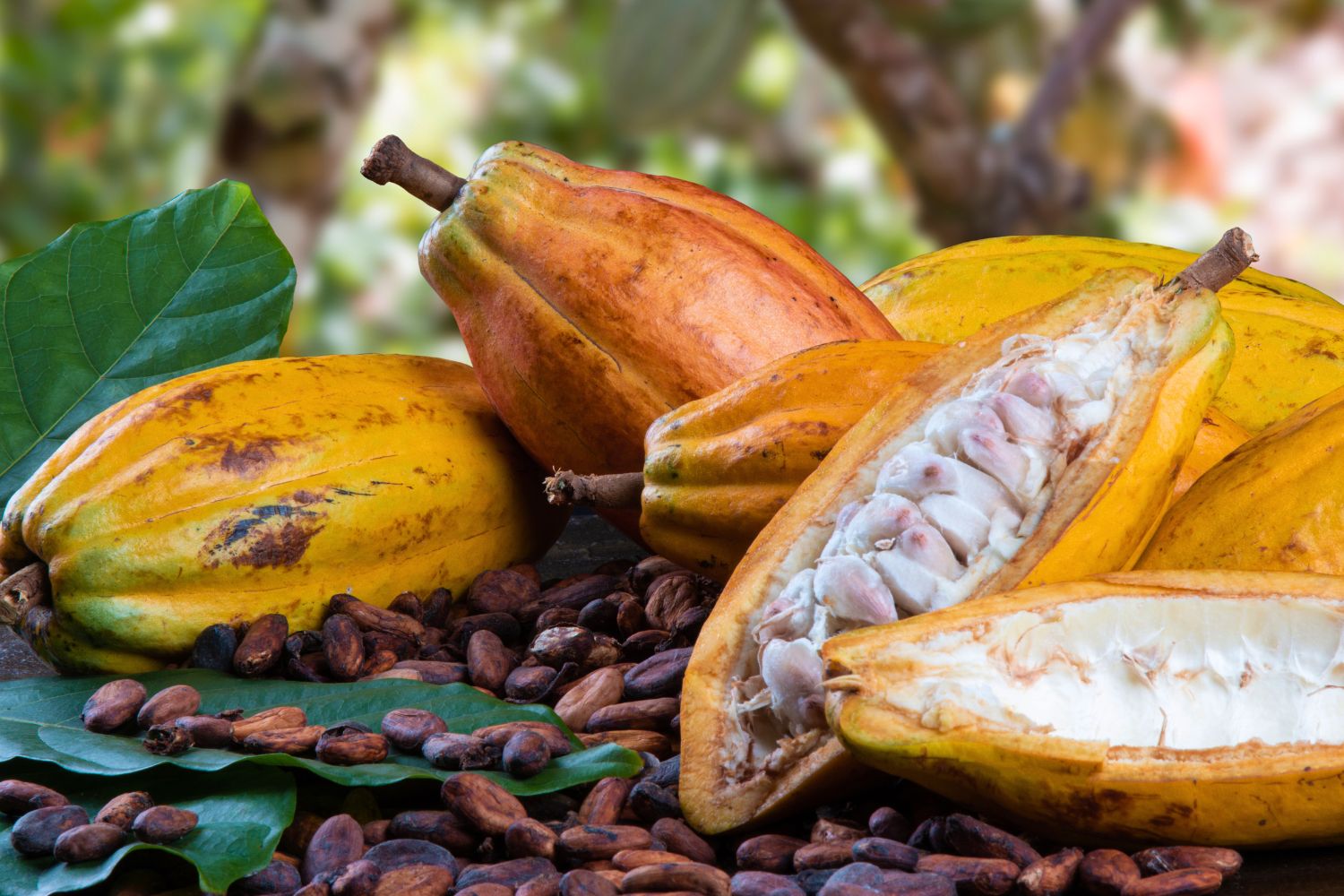
Chocolate is a food that is highly energetic or has a high caloric density, which is why it is recommended in situations that require a concentrated energy intake, such as in the case of athletes.
Due to its high caloric content, all chocolates are considered stimulant due to their major alkaloid, such as theobromine (caffeine metabolite). Dark chocolate, has a higher cocoa content and therefore greater energy power, it is attributed to the stimulation of the production of endorphins, which produce a feeling of pleasure in the body; and serotonin, which acts as an antidepressant. It should be noted then that scientific findings are increasingly about its positive impact on health.
Apart from fame for its flavor, its nutritional value has been studied, which is based on cocoa, such as milk or nuts. It has important properties such as its antioxidant effect, preventing many cardiovascular diseases, beneficial for the body’s immune system and prevention of neurodegenerative diseases, promoting memory, learning and cognitive function, as well as chronic diseases; although there is still insufficient evidence to say that it prevents some types of cancer mortality. What is certain is that more and more studies indicate greater beneficial effects than harmful ones.
Other benefits of consuming Peruvian chocolate:
Despite the many benefits of cocoa, it must be taken in adequate amounts if you want to avoid possible side effects. Thus, for example, it is not recommended in cases of suffering from high blood pressure and nervousness, because cocoa contains traces of caffeine that can worsen this situation. Also, due to the presence of tannins, active ingredients with astringent properties, its intake is not recommended in cases of constipation and hemorrhoids.

· It takes a year for the cocoa tree to produce the beans needed to make 10 bars of chocolate and its useful life is 25 years.
· Peru is also one of the few countries where white cocoa is grown, which was highlighted as the Peruvian jewel.
· More and more chocolate is consumed in the world, but climate change is seriously affecting the industry and if it does not take precautions in the short term it faces its possible extinction.
· It is estimated that currently close to 50 million people live from the cocoa industry. In Peru, 90,000 families contribute to the production of 193,000 hectares of cocoa.
· In the world, more than 3 million tons of cocoa beans are consumed per year.
· Only 5% of the total cocoa beans, worldwide, is used to make “specialty”, gourmet or high-quality chocolates.
· Chocolate handles a range of 500 different flavors, while wine only has 200 descriptors.
· Chocolate melts at 33.8º, a little below the average body temperature of the human body, which is why it melts in the mouth.
· Both the cosmetic and pharmaceutical industries use cocoa butter to make certain products such as suntan oils, soaps, creams and other products.
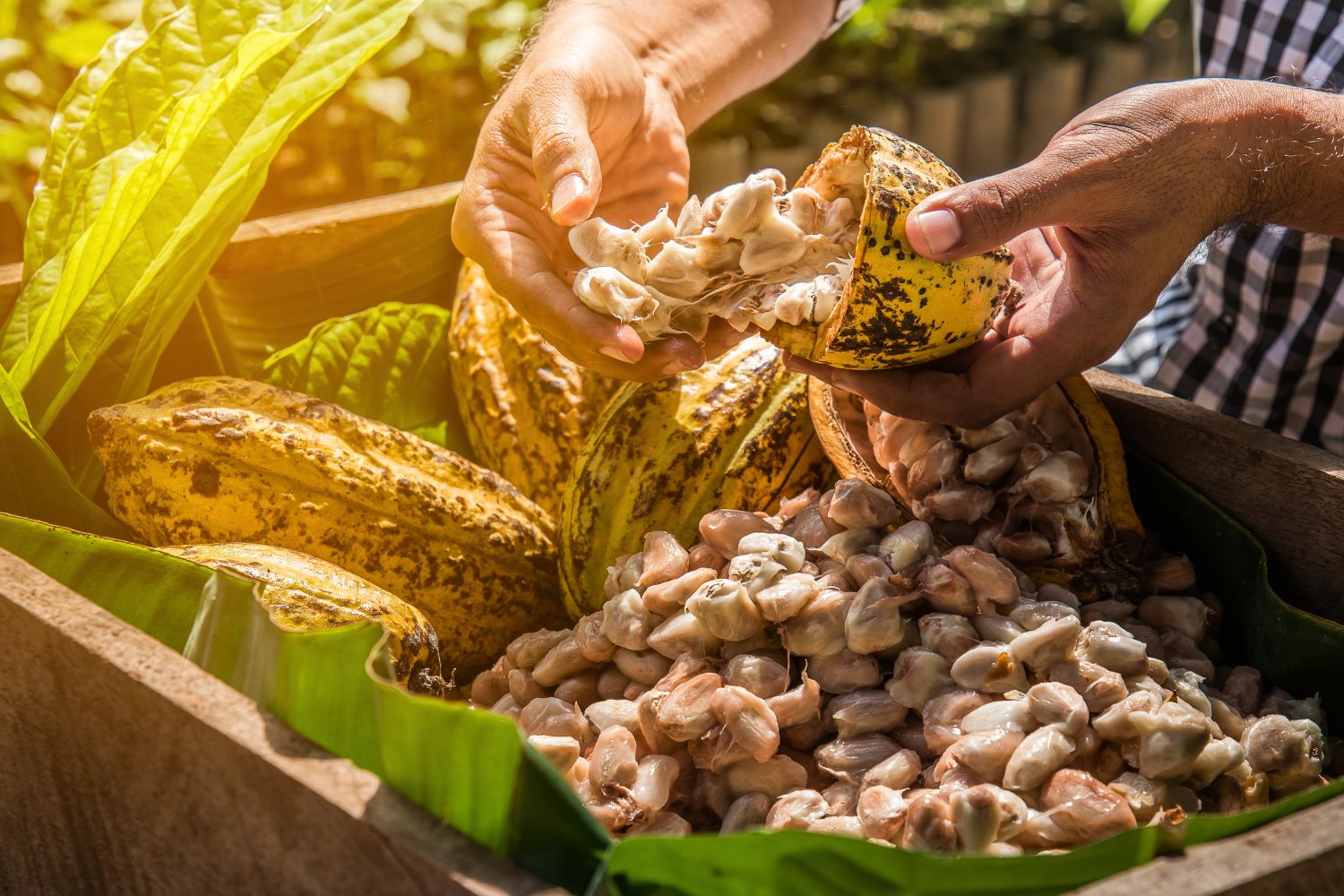
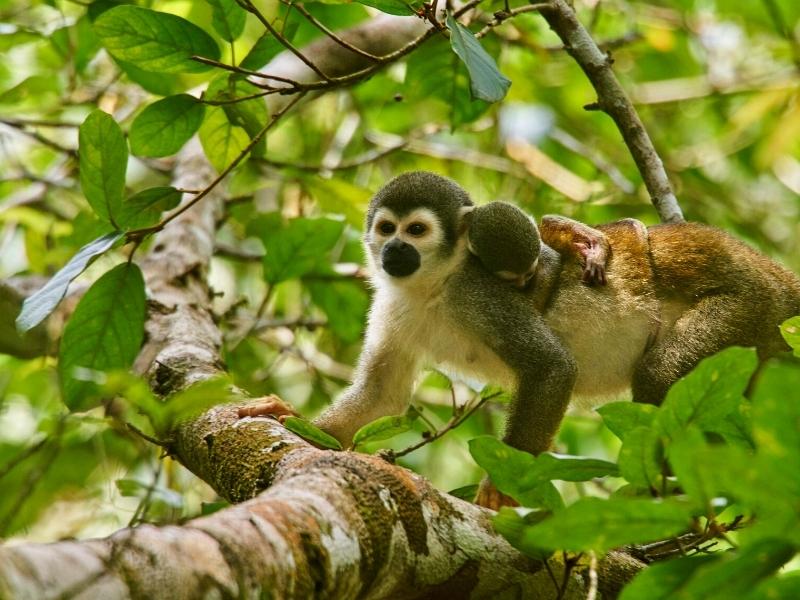
This trip allows you to have one of the best experiences in the Manu National Park which includes the Reserved Zone in only 7 days. It is an ideal way to experience the culture and traditions of local communities and see the distinct species of animals and birds that inhabit here.

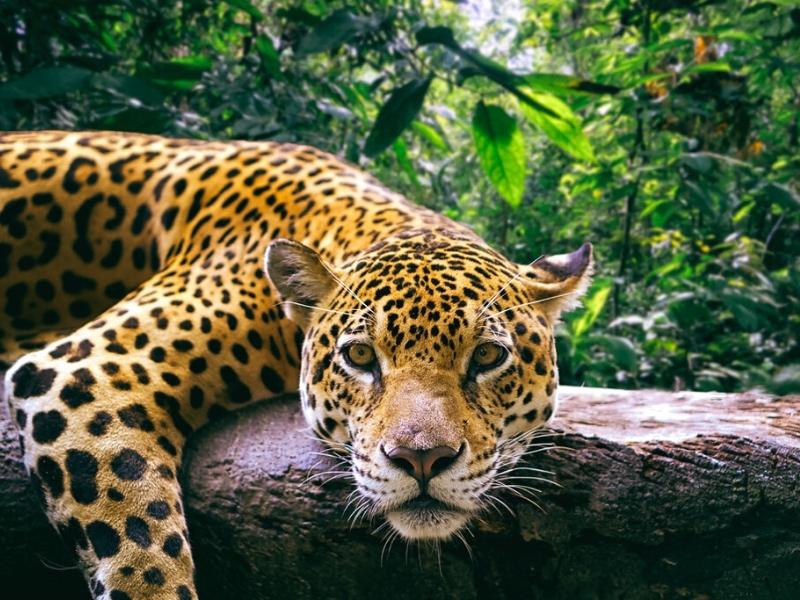
The Manu Jungle tour goes to one of the largest life biosphere reserves in the World. You will enjoy wildlife, traditional villages, with the best specialized guides.


Manu National Park is an excellent way to experience an intense amazon wildlife.Is the biggest Amazon rainforest in the Americas, its incomparable natural wealth, host the greatest amount of flora and fauna of the world.
